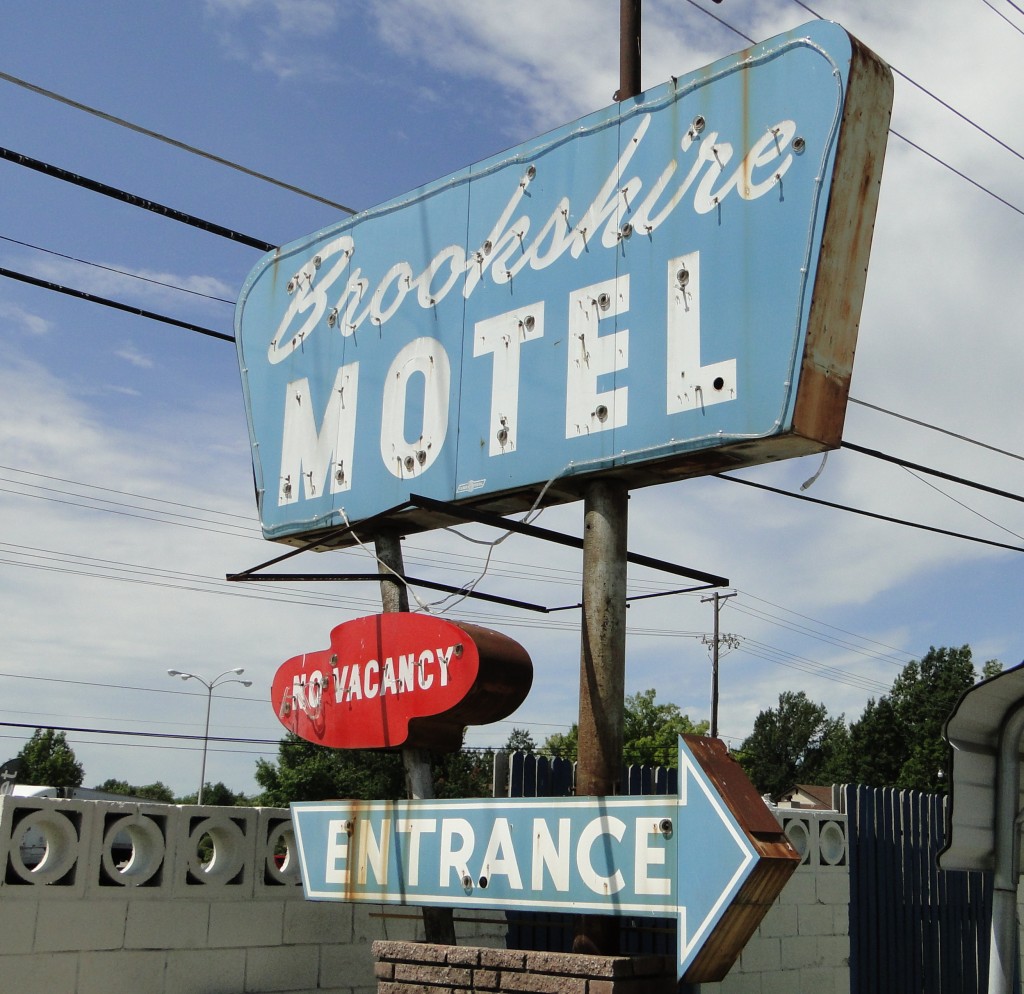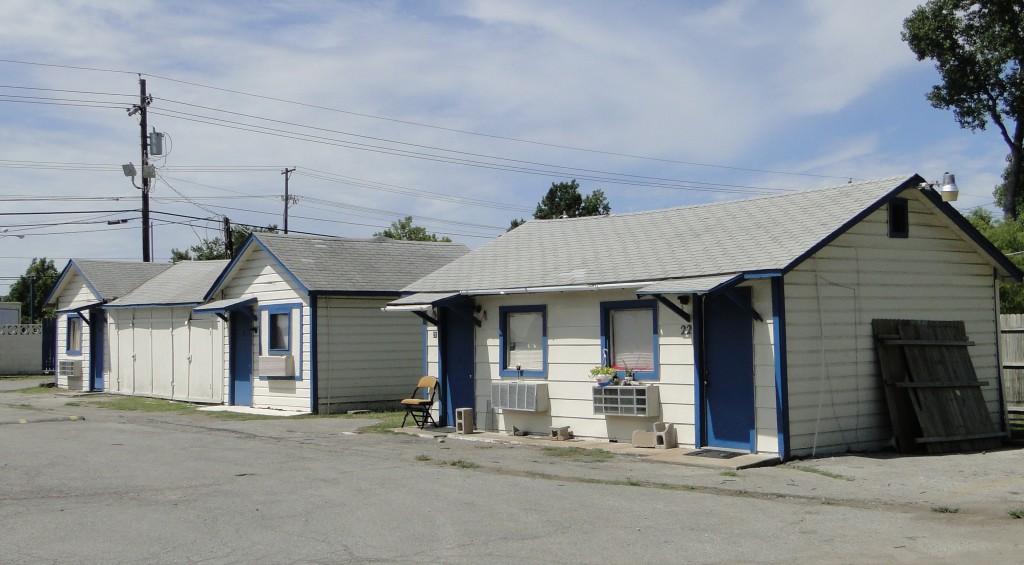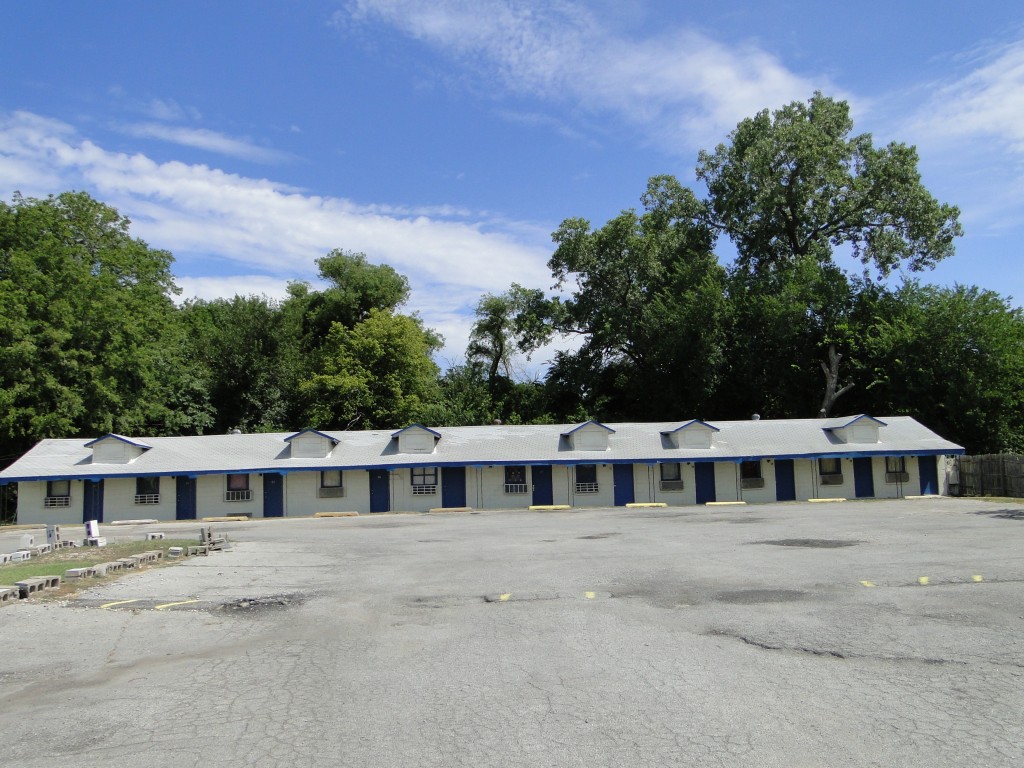It’s inexplicable how ideas come to me as an author. One minute my mind is blank; the next, there are characters walking toward me.  And generally, the setting is there without my conjuring it up. That’s what happened with Stardust. Max and I went to a Southern Gospel concert on a Friday night, and somewhere between “Just a Little Talk With Jesus” and “He Touched Me”, the image of a motor court popped into my head. It wasn’t planned, and the image wouldn’t leave. Many months and a few false starts later, Stardust emerged pretty much into the story that it turned out to be in the final copy.
And generally, the setting is there without my conjuring it up. That’s what happened with Stardust. Max and I went to a Southern Gospel concert on a Friday night, and somewhere between “Just a Little Talk With Jesus” and “He Touched Me”, the image of a motor court popped into my head. It wasn’t planned, and the image wouldn’t leave. Many months and a few false starts later, Stardust emerged pretty much into the story that it turned out to be in the final copy.
Since then, though, I’ve become fascinated with motor courts and did a little digging around to find out their history (part of the book research). In 1900, there were 8000 registered automobiles. By the early 1930s there were more than 20 million. Folks who’d traveled previously by train were taking to the road in their own vehicles and rather than shouldering the expense of staying in downtown hotels, they often camped along the roadside. Enter the entrepreneurs who saw the opportunity and built rustic little cabins that offered protection from the elements and a bit of privacy like this wonderful little place is Biloxi, Mississippi.
Family friendly, these businesses often had a diner in the “office” portion of the camps and advertised such amenities as electricity, plumbing, bedding, and home-cooked meals. As the idea evolved, the cottages took on a homier feel with flower boxes and landscaping that welcomed weary travelers. For a dozen years or so, this was the standard, but when WWII brought shortages of building supplies, it became more economically feasible to make a string of adjoined units rather than individual cottages, and the more modern motel was born.
Motor courts were popular throughout the US, and were especially popular along scenic highways. Even today, you can spot an occasional vintage motor court/motel like this one on Route 66 in Tulsa, which has a combination of individual units and a row of attached rooms. It’s a little weathered over time, but I imagine that during its day, this would have been a haven.
A haven for weary travelers. That, of course, became one of the primary themes of Stardust, and as I was writing it, I often thought of it being a metaphor for the open arms of Jesus. Just as Georgia Payton had some surprising guests arrive, her spirit of hospitality allowed her to open her arms and her heart to those who needed a refuge. Her courage paved the way for new possibilities.
It’s also made me aware of new possibilities and I had the pleasant surprise of learning that my fictional “Stardust” was not the only Stardust Motel in Texas. A real one existed at one time in Marfa, Texas, and by an unusual turn of events, I was introduced via email to the owner’s daughter. She has an amazing story to tell and has given me permission to share it here. Which I will do in Part 2 and Part 3 of this series on Roadside Memories.
See you then!
And in case you haven’t seen it, here’s the book trailer for Stardust and the artist’s rendition of motor courts:




